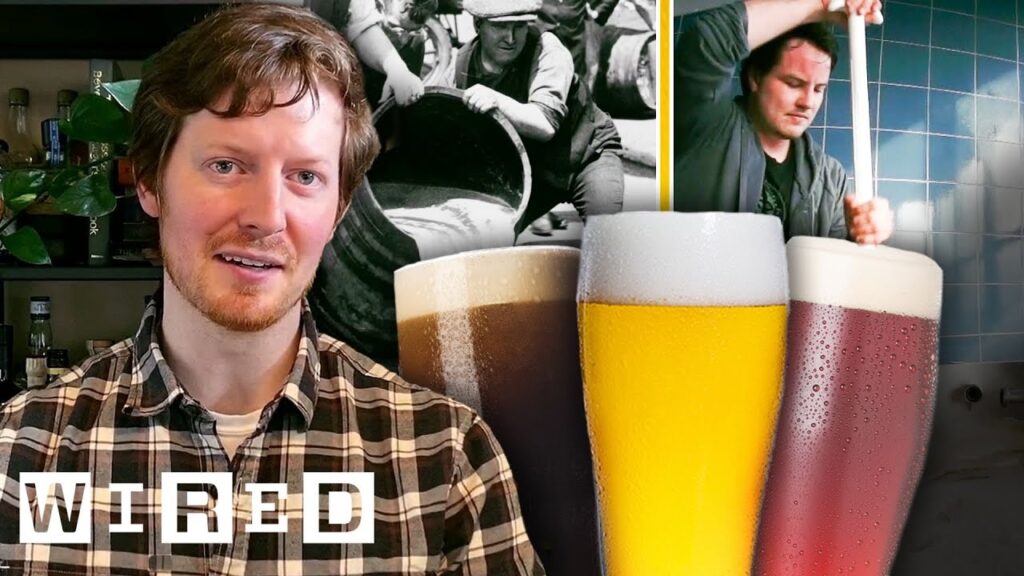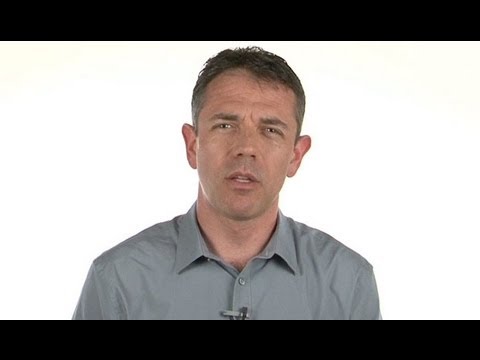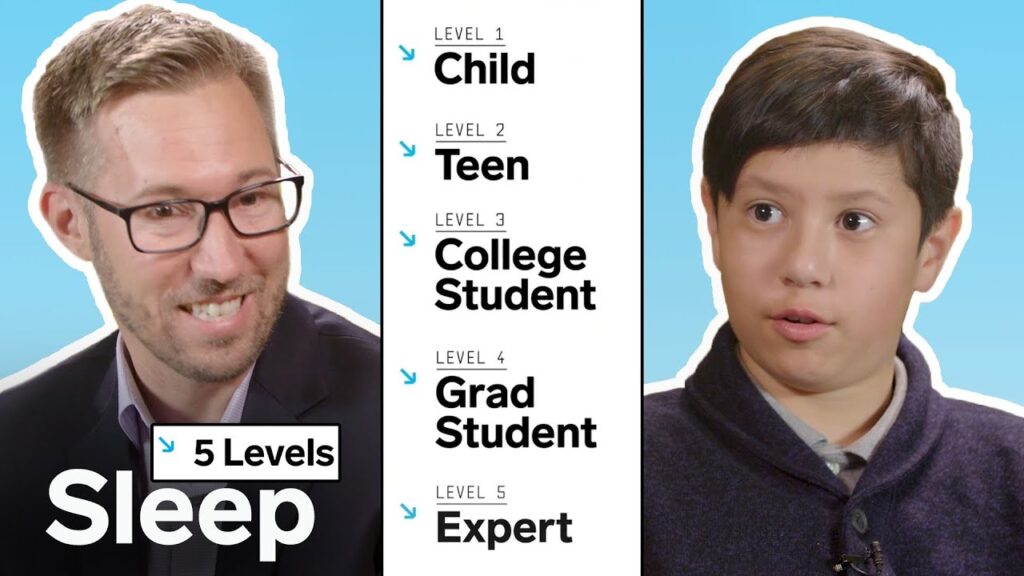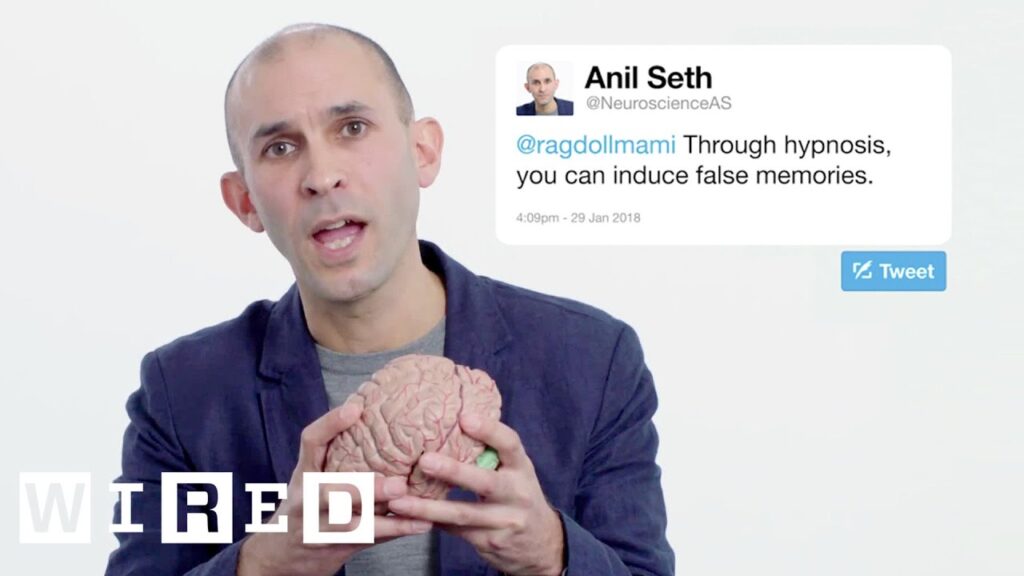Creating a Winning Halloween Costume: A Guide to Prosthetic Makeup Techniques
Summary
In this guide, we explore the complex world of prosthetic makeup artistry. Our expert, a professional makeup artist, shares tips and techniques in achieving an otherworldly and fantastical creature using different makeup tools and products. We cover topics such as temporary tattoo application, multi-brush application, vein art, creating dimension, texture, facial prosthetic applications, and the use of blenders, blisters, and Egyptian Magic. Join us as we dive into the realm of fantasy and learn how to create a winning Halloween costume.
Table of Contents
- The intricacies of prosthetic makeup
- Techniques used in achieving the demon look
- Creating a full demon face using facial prosthetic applications
- Adding custom dentures, nails, and teeth to enhance the final look
- Tips for perfecting the prosthetic makeup using dry brushing and non-traditional beauty makeup
Introduction
Prosthetic makeup is a complex art form that involves different techniques and products. It requires attention to detail and a keen eye for texture, dimension, and realism. In this guide, we aim to provide readers tips and techniques on how to create unique and winning Halloween costumes using prosthetic makeup.
Q&A
Q: What are some of the techniques used in achieving the demon look?
A: To achieve the demon look, our expert uses pros aid adhesive, powder, and alcohol paint. Silicone glue and thinner, Pax paint, non-latex white sponge, and spattering gun are also used to create texture, color, and realism in prosthetics. Color adjusters are added to the skin tone paint to make the skin look real, but not too pigmented to avoid overwhelming freckles. Lastly, dry brushing and marrying are used to solidify the previous levels and create a uniform piece.
Q: Can you explain the process of creating a full demon face using facial prosthetic applications?
A: To create a full demon face, ears, and horns using facial prosthetic applications, our expert preps the skin by applying Skin Save lotion and gluing down the eyebrows using Telesis adhesive. Then, she uses blenders to conceal minor fit issues. Modeling and patterning are used to bring a new life to the character. Cream makeup is used to create a uniform paint job and marry the effects paint in the eye.
Q: How do you add custom dentures, nails, and teeth to enhance the final look?
A: To add an extra touch to the prosthetic makeup, custom dentures, nails, and teeth can be incorporated into the final look. Our expert creates custom dentures by taking an impression of the person’s teeth and then sculpting them into a unique shape. To create customized nails, she uses acrylic nails and adjusts them to fit the character’s look. For the teeth, she uses a mixture of demon blue and creepy teeth to create a realistic and scary look.
Q: Can you give us some tips for perfecting the prosthetic makeup using dry brushing and non-traditional beauty makeup?
A: Dry brushing is a technique that involves removing excess paint and leaving pigment only on the raised parts of the prosthetic. This enhances texture and creates a more realistic look. Non-traditional beauty makeup, such as metallic powders and glitter, can also be used to enhance the prosthetic. It is important to remember to keep the color scheme and texture consistent throughout the look to achieve a cohesive and complete result.
Conclusion
Prosthetic makeup is a form of art that requires creativity, patience, and attention to detail. Through this guide, we hope to inspire readers to explore and experiment with prosthetic makeup techniques and create unique and winning Halloween costumes. Remember to have fun and let your creativity shine through!







